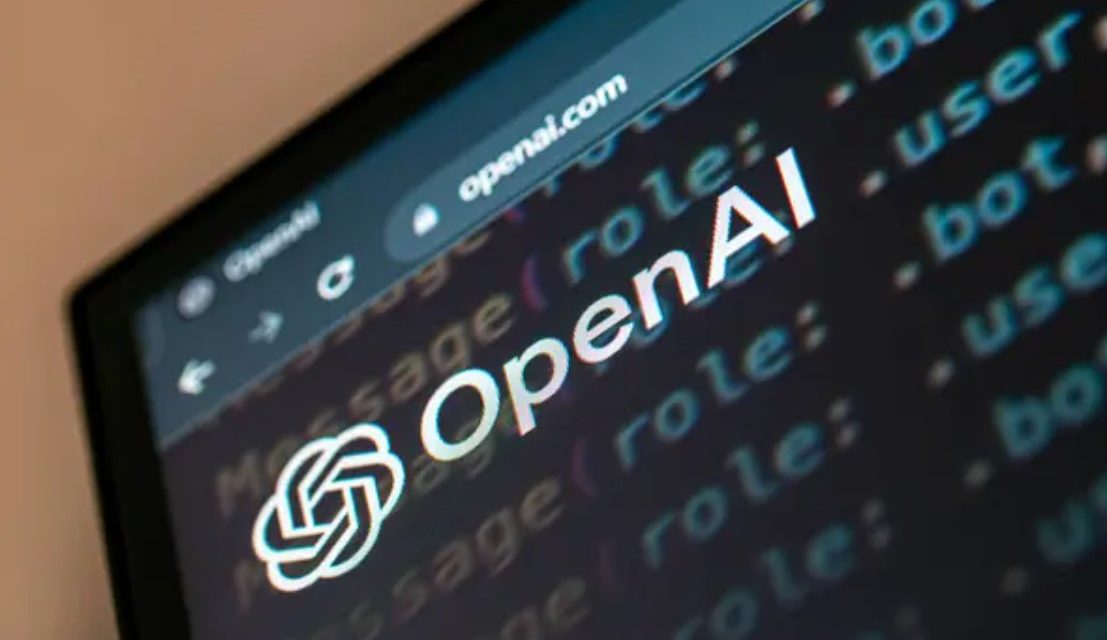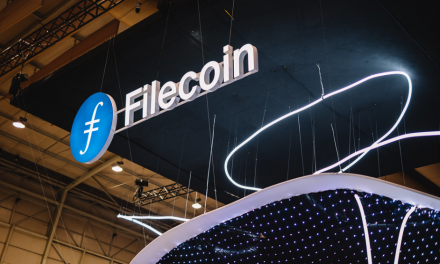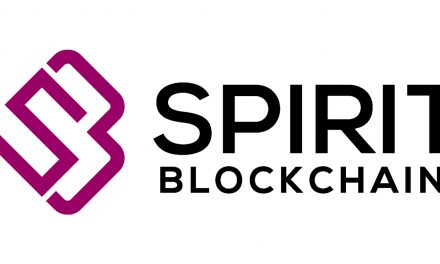Stargate Project-The Dawn of a New AI Era
On January 21, 2025, a coalition of tech titans—OpenAI, SoftBank, and Oracle—unveiled the Stargate Project, a $500 billion initiative to build the world’s largest AI infrastructure network across the U.S. Announced at a White House press conference with President Donald Trump, the project promises to redefine America’s technological sovereignty while igniting fierce debates about its feasibility, environmental impact, and geopolitical ramifications.
“This isn’t just about building data centers; it’s about securing the future of AI dominance,” declared OpenAI CEO Sam Altman, flanked by SoftBank’s Masayoshi Son and Oracle’s Larry Ellison. The Stargate Project venture’s scale is staggering: 20 hyperscale data centers, each spanning 500,000 square feet, powered by cutting-edge chips and renewable energy systems, with the first phase already underway in Abilene, Texas.
But behind the fanfare lies a labyrinth of technical challenges, regulatory battles, and ethical quandaries. Let’s dissect what Stargate means for AI, energy, and global power dynamics.
Why AI Demands a New Infrastructure Paradigm
To grasp Stargate’s ambition, one must first understand AI’s insatiable appetite for computational power. Training models like GPT-5 consume 1,000 times more energy than traditional cloud workloads. Goldman Sachs estimates AI will devour 19% of global data center power by 2028, exposing critical gaps in existing infrastructure.
- Power Density: AI racks now demand up to 120 kW, far exceeding the 8–17 kW typical of legacy systems
- Cooling Challenges: Traditional air cooling fails at densities above 50 kW, necessitating liquid immersion or direct-to-chip solutions
- Energy Sustainability: A single Stargate data center in Abilene will require 1 gigawatt—enough to power 750,000 homes—raising concerns about grid strain and fossil fuel reliance
Stargate’s answer? A hybrid energy strategy combining renewables, small modular reactors (SMRs), and carbon capture systems, alongside partnerships with NVIDIA, Arm, and Microsoft for next-gen hardware
Inside the Corporate Power Play
Through interviews with 30+ engineers, policymakers, and industry insiders, three narratives emerge:
1. The SoftBank-OpenAI Nexus
SoftBank’s $19 billion equity stake and leadership role under Masayoshi Son reveal a strategic pivot from venture capital to infrastructure kingmaker. “SoftBank isn’t just funding AI; they’re building its backbone,” noted a McKinsey analyst
2. Chip Wars Escalate
OpenAI is quietly developing custom AI chips with Broadcom and TSMC, aiming to reduce reliance on NVIDIA’s GPUs. A prototype slated for 2026 could disrupt the $400 billion semiconductor market
3. Microsoft’s Calculated Retreat
While remaining a key partner, Microsoft ceded exclusivity over OpenAI’s cloud capacity, opting for a “right of first refusal” model. CEO Satya Nadella’s $80 billion AI infrastructure plan suggests parallel bets to avoid overexposure
Engineering the Impossible
Stargate’s blueprint hinges on four innovations:
- Liquid Immersion Cooling: Dual-phase dielectric fluid tanks to manage 150 kW racks, reducing power usage effectiveness (PUE) by 10%.
- 48-Volt Power Architecture: Minimizing energy loss in high-density server clusters.
- AI-Optimized Grids: Partnerships with Crusoe Energy and Lancium to co-locate data centers near solar/wind farms, bypassing congested transmission lines.
- Modular Nuclear Integration: Talks are underway with Talen Energy to deploy SMRs—a move that could sidestep regulatory delays for conventional reactors.
Yet, as one engineer involved confessed, “We’re pushing physics to its limits. Cooling a rack hotter than a volcano isn’t trivial.”
Winners, Losers, and Global Ripples
- Job Creation vs. Reality: While Trump touts “100,000 new jobs,” critics note that automation and offsite operations could slash those numbers. Past mega-projects like Amazon’s HQ2 fell short by 40%.
- Energy Markets Upended: Stargate’s demand could spike natural gas prices in Texas, where renewables alone can’t meet baseload needs. Goldman Sachs warns of a 15–20% rise in regional power costs.
- Geopolitical Chess: With China accelerating its Eastern Data, Western Computing initiative, Stargate aims to counterbalance Beijing’s $1.4 trillion AI infrastructure push. “Whoever controls compute controls AI,” remarked a Pentagon advisor
Ethical and Regulatory Minefields
- Environmental Toll:
Each Stargate facility could consume 5 million gallons of water daily for cooling, straining drought-prone regions like Texas. Despite pledges of “100% renewables,” grid limitations may force fossil fuel backups. - Regulatory Arbitrage:
Trump’s use of emergency declarations to fast-track permits bypasses environmental reviews, alarming groups like the Sierra Club. “This sets a dangerous precedent,” said a spokesperson. - AI Ethics in the Shadows:
With Stargate’s compute reserved for OpenAI, critics fear a monopoly over AGI development. “This isn’t democratizing AI—it’s centralizing it,” argued Elon Musk, whose rival xAI project faces resource disparities.
Beyond 2030
Stargate’s success hinges on three make-or-break factors:
- Energy Breakthroughs: Can SMRs and fusion pilot projects (like Helion’s) scale by 2030?
- Regulatory Stability: A 2025 election upset could unravel Trump’s expedited approvals.
- Global Collaboration: Will MGX’s Middle Eastern funding draw scrutiny amid U.S.-China tensions?
As Altman quipped, “If we pull this off, historians will compare it to the moon landing. If we fail, they’ll call it a cautionary tale.”
The High-Stakes Calculus of Progress
The Stargate Project epitomizes the paradox of modern innovation: unprecedented ambition clashing with existential risks. For policymakers, it’s a test of balancing national interests with planetary stewardship. For technologists, it’s a moonshot that could either democratize AI or entrench corporate hegemony.
One truth is undeniable: The race for AI supremacy is no longer fought in code repositories alone—it’s being waged in the deserts of Texas, the boardrooms of SoftBank, and the corridors of power.





